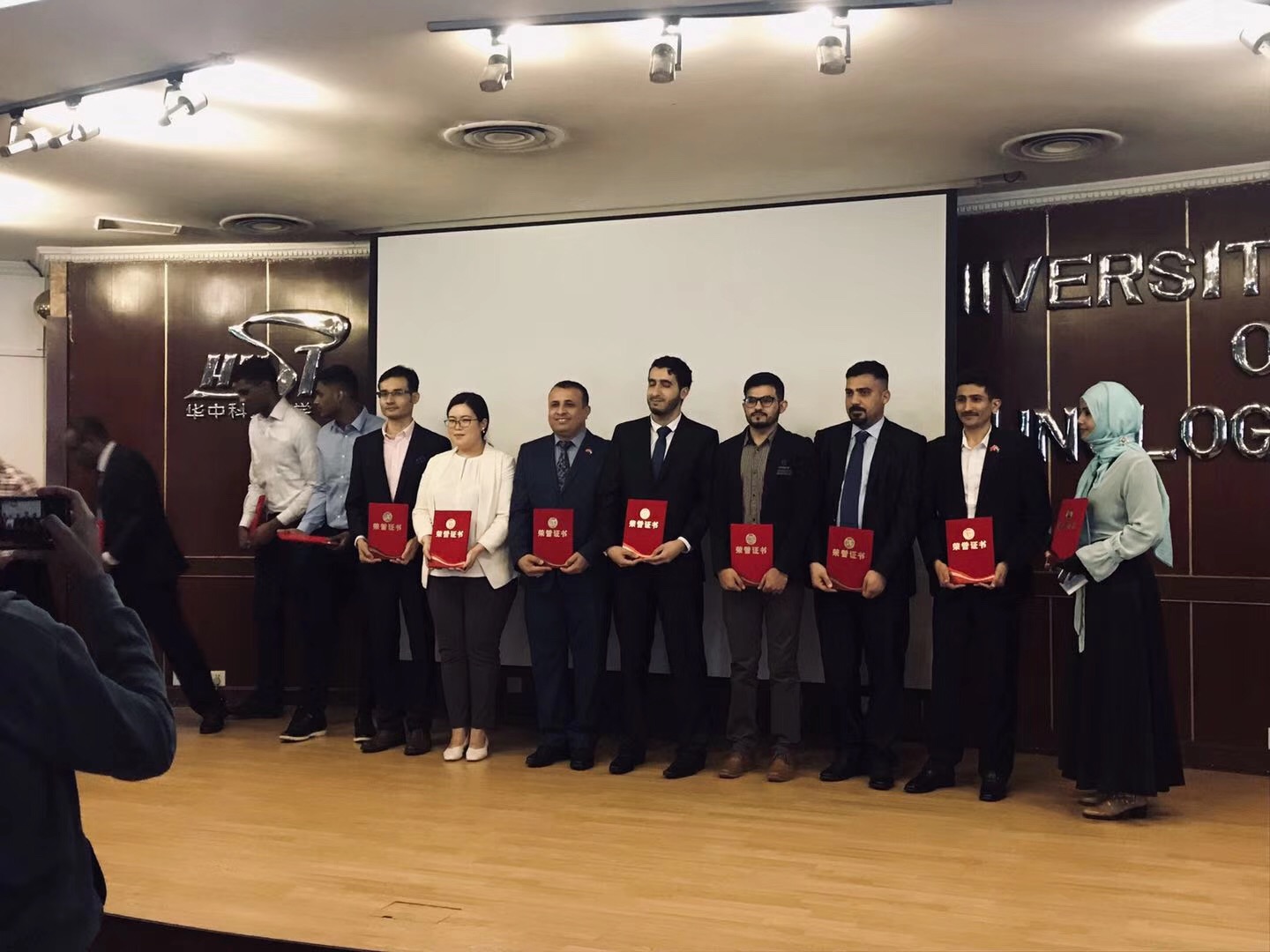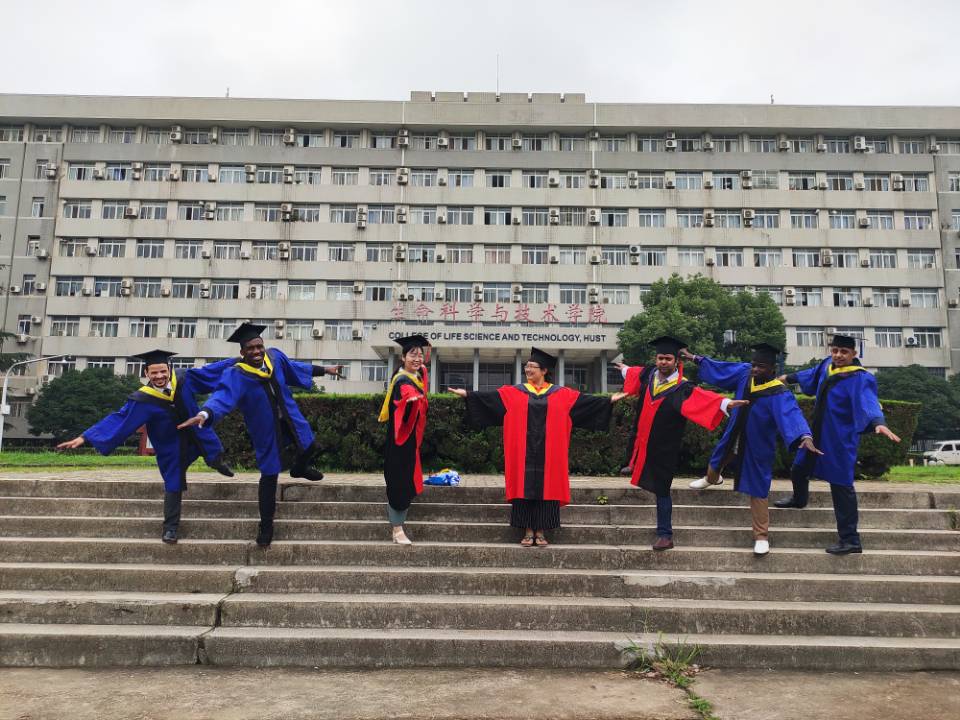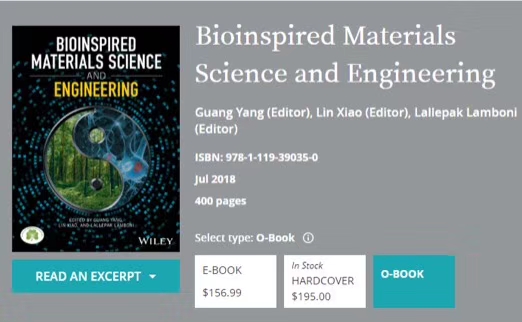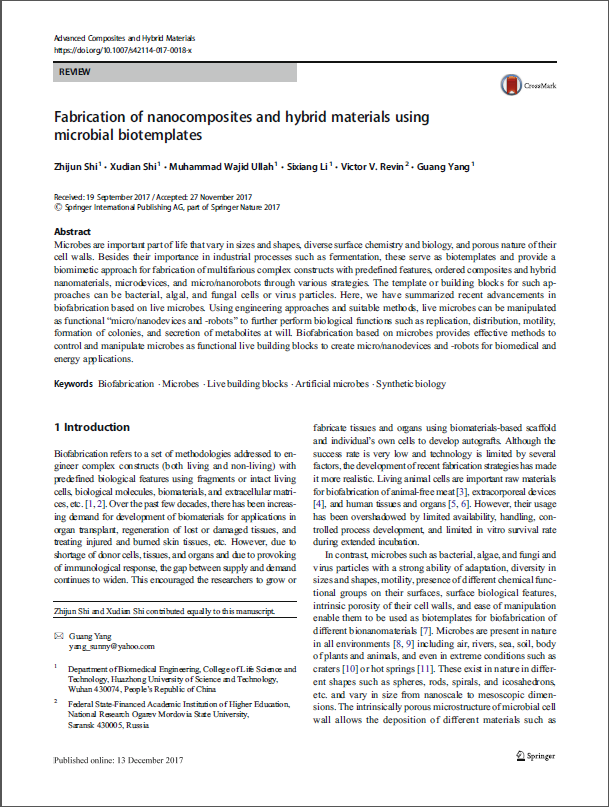Essay topic:Bacterial cellulose/hyaluronan nanocomposite biomaterials as wound dressings for severe skin injury repair
Ambit:Functional polymer
Author:Ying Li, Hua Jiang, Wenfu Zheng, Niya Gong, li li chen, Xingyu Jiang and Guang Yang*
Key words:Bacterial cellulose, hyaluronan, wound dressings, skin injury repair
Source: journal
Specific source :Journal of Materials Chemistry B
Published:2015.03
Abstract:
Bacterial cellulose (BC), a network of pure cellulose nanofibers with fine crystallinity, high mechanical strength and wet capability, and good biocompatibility, is a good material candidate for wound dressing. Hyaluronan (HA) has obvious curative properties, promoting the healing of wound skin tissue and reducing scar formation. This study explored an “orifice plate” culture method to obtain BC samples of different sizes but consistent thicknesses. Novel BC/HA nanocomposites with a 3-D network structure were obtained through a solution impregnation method. The total surface area and pore volume of the BC/HA composite films gradually decreased with the increase of HA content. The elongation of BC/HA composite films at break point gradually increased as the HA content increased while the tensile strength of the BC/HA composite films decreased during the same process. The BC/HA composite films had a better water uptake capability than pure BC, and water vapor transmission rate (WVTR) measurements showed that the BC/HA composite films can satisfy breathing requirements of injured skin. The BC/HA composite films facilitated the growth of primary human fibroblast cells, showing their low toxicity, and the BC/HA with 0.1% HA lead to higher levels of cell viability than the pure BC. In vivo experiments indicated that the BC/HA with 0.1% HA had the shortest wound healing time while BC/HA with 0.05% HA yielded best tissue repair results. The BC/HA composite films are expected to be useful as novel wound dressing materials for clinical skin repair.
![Bacterial cellulose/hyaluronan nanocomposite biomaterials as wound dressings for severe skin injury Bacterial cellulose/hyaluronan nanocomposite biomaterials as wound dressings for severe skin injury]()







